One of the best lessons that this pandemic has taught me is this- that PLAY can be my ally during these crucial times and that PLAY is enough. Every parent would agree with me that going through another year of uncertainty, of extended lockdowns have really affected our children- in all aspects, particularly- socially. We miss seeing our children play with their friends, we long for those moments where they can run freely in the park, our hearts grieve for moments when they can hug a peer, a relative and get to receive the same physical touch without any restrictions at all.
Dr. Honey Carandang, a renowned Filipino psychologist, reminded parents that during pandemic, “Play is the best way to destress children. The child has to play.”
I strongly agree with Dr. Honey and this is the best advice I can give to fellow parents- Protect your child’s play. Why should we do that? Let me explain more.
Elizabeth Jones and Gretchen Reynolds, in their book, “The Play’s The Thing” explained that “to become a master player is the height of developmental achievement for children ages 3 to 5.” Jean Piaget and Erikson, well-known psychologists explained that “it is in this stage that the child first becomes a competent representer of experience rather than simply a doer of it. The dramatic play of 4 and 5-year-olds is increasingly sophisticated representation of both real and imagined experiences.”
The benefits of play are limitless. It does not just help develop our child’s big and small muscles, promote opportunities for language skills and develop understanding about simple concepts but most importantly, it supports a child’s social-emotional needs.
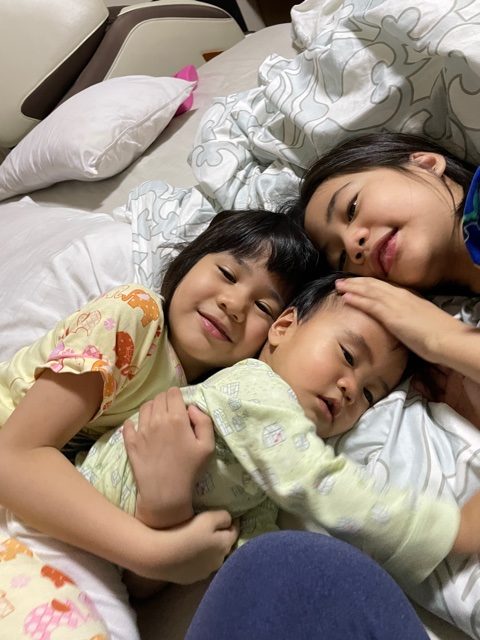
Play helps develop a child holistically. The reality is that Play is learning. This means that children learn best through play. Do you know that they can learn how to count, how to identify their names, and other relevant concepts through hands-on, playful experiences?
The photo below shows Ellie and Julia playing with Slime. Do you know that a simple experiment can already expose a preschooler to the process of the Scientific Method? They get to observe what’s going to happen when they follow the steps, they get to predict the outcome of their experiment, they get to ask questions and verify their observations, as well. Alongside these Science concepts, a preschooler gets to develop his language skills- he gets to express his observations; he gets to develop his social skills as well- if he is playing with a sibling, he learns to wait, or if he is playing alone or with an adult, he gets to follow simple directions; emotionally- your child gets to feel excitement and joy and that feeling of accomplishment and ownership because he gets to create something. Playing with slime is also very relaxing for a child, don’t we all need a bit of relaxation especially during these crucial times?
This is the beauty of play. Children are learning naturally. And not only that, they are having fun while learning.
Mr. Rogers said: “Play is often talked about as if it were a relief from serious learning. But for children play is serious learning. Play is really the work of childhood“.
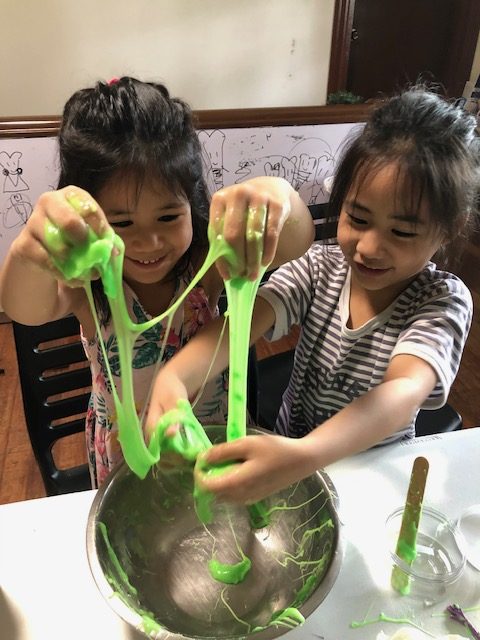
What Science Concepts do we learn from this Slime Experiment? 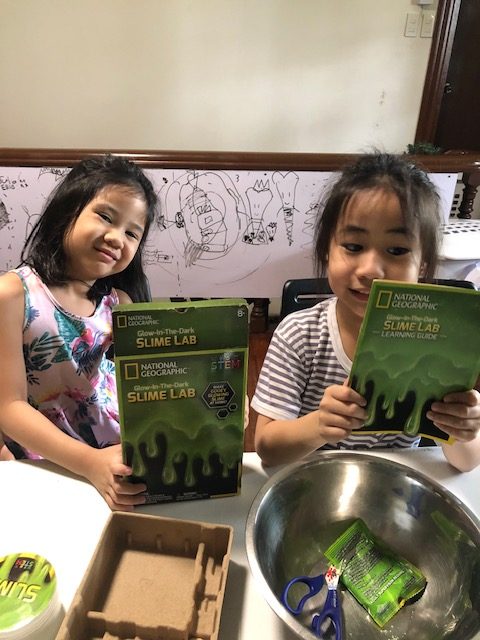
National Geographic’s Slime LAB
What do our children need during these times? How can we support them?
What our children need during these times is an opportunity to verbalize whatever they are going through, they are also grieving for that old normal life they used to have which they can’t experience anymore- just like what I, you and any other parent might be experiencing too. I, sometimes, find myself longing for those moments where I can easily set-up a play date with other friends, bring the children to the nearby park, visit our loved ones, etc.
Play is the most natural and most effective tool to release those unexpressed emotions that we, parents may not be able to easily observe or address. They may express these through their drawings, through playing pretend using props/costumes and forts at home, and even freely exploring whatever their hands can touch in the garden. In the same way, adults, and most especially parents should consider playing- for adults: In what ways can you connect with your inner child? For parents: Have you tried playing with your children?
Whenever I want to find rest from the uncertainties in this world, I go and play with my children, and it just relaxes me- to hear them laugh as if there is no tomorrow, to see them dress up to be someone-a superhero, a princess, a doctor, I see in their eyes that they are hoping for a better future. That’s enough to encourage me to face each day with strength and comfort-knowing that God is in control.
So, if you ask me, what can we do as parents to support and protect our child’s play?
Here are a few suggestions:
- Set-up a play area at home. No matter how small your house is, you can always set up a space where they can express themselves freely. Think through your space and you can categorize your area into different learning areas: (science area; math area/manipulatives area; arts/crafts area; kitchen area, creativity corner, etc)
- Provide age-appropriate and developmentally appropriate toys. For preschoolers, I would suggest having items such as: blocks, art materials (crayons, paint, clay, etc) , dramatic play items (dolls, child-size kitchen items and furnitures, costumes, dress-up clothes, etc.); sensory table (water play and sand play); library with various books; musical instruments; wheeled toys (bikes, scooters, etc); science tools (for gardening, for taking care of pets, simple aquarium, etc).
- Discuss Rules with your child. It is important to set rules with your child. For example- you need to pack away your toys after you play with them; you need to help keep your toys clean, etc.
- Be supportive of your child’s play. Have an open and present attitude with your child. Set a time where you can play with your child amidst your busy day.
What are the best learning toys for your preschooler?
The best learning toys are the ones that will support your child’s play. Toys that will encourage: open-ended play, an opportunity to be creative and to express themselves, and those that will allow them to be hands-on, and explore.
Dr. John Medina in his book, “Brain Rules for Baby: How to Raise a Smart and Happy Child from Zero to Five:” shared that studies showed that kids when allowed a specific type of open-ended playtime were: “more creative-on tests of divergent thinking (which measure alternative uses for familiar objects)- they came up with more than three times as many creative options as did controls; better at language- the children’s use of language was more facile. They displayed a richer store of vocabulary and a more varied use of words; Better at problem solving-this is fluid intelligence, one of the basic ingredients in the intelligence stew; less stressed- children regularly exposed to such activity had half the anxiety levels of controls; better at memory- play situations improved memory scores; for example, kids who pretended they were at the supermarket remembered twice as many words on a grocery list as controls.” (p.132).
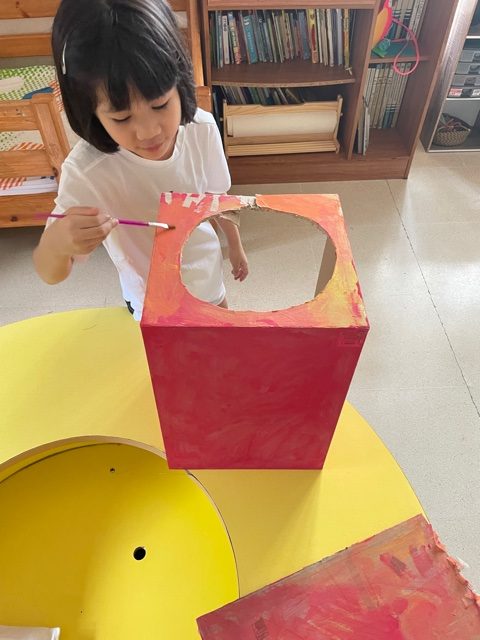
Recycle old boxes and make something out of them 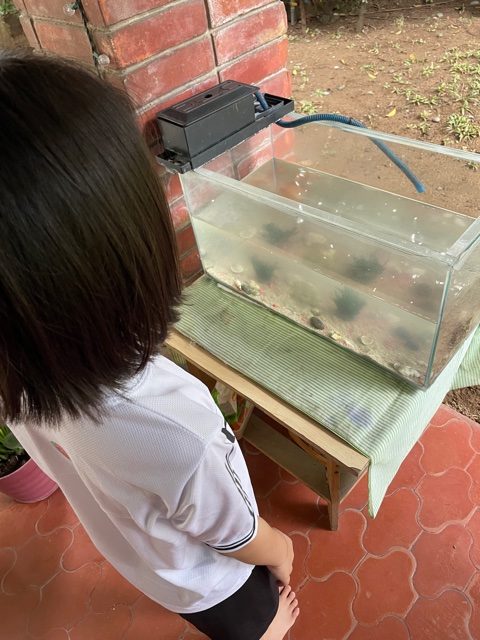
Feeding our Pet Fish 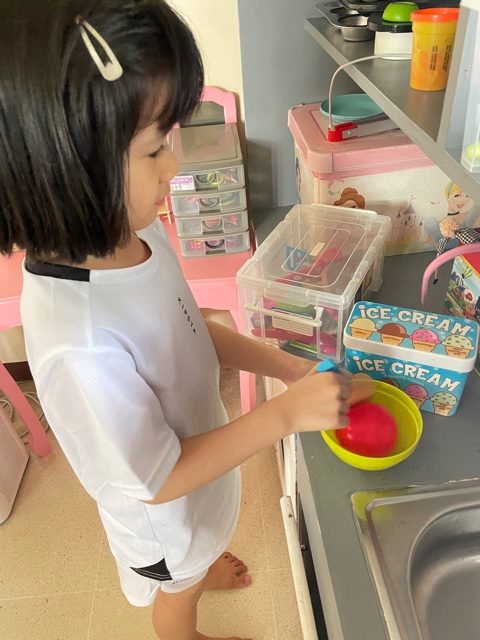
Pretend Cooking 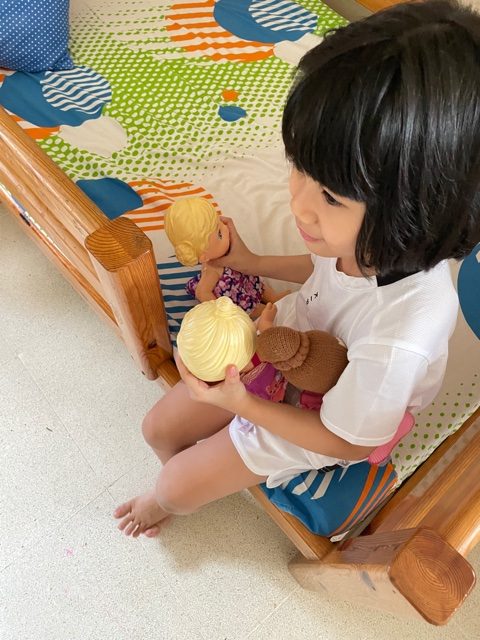
Pretend Play with Dolls 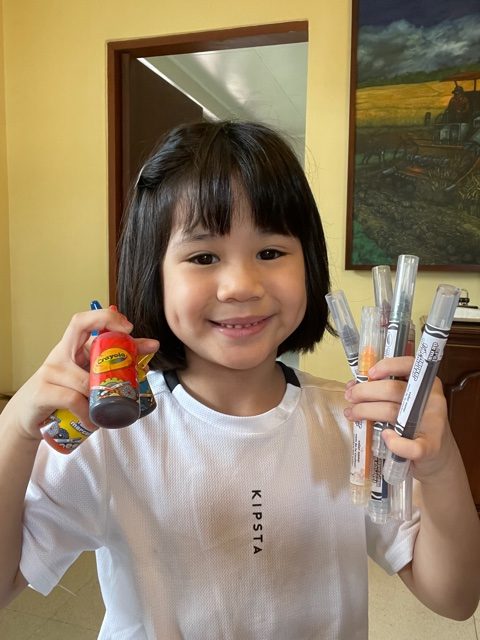
Do it Yourself Marker 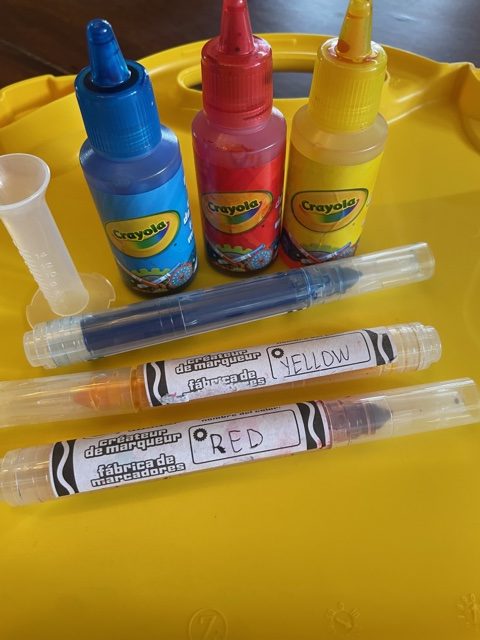
Marker Maker from Crayon
I am praying and hoping that you will not lose focus of what’s really important during this pandemic. I know how it feels to not know what to say whenever our children will ask- “Mama, when will I see my friends? When will I get to play in the park? When can I visit Lolo and Lola?”
But I also do know one thing that we can do aside from praying- and that is to use PLAY as an ally to empower my children during this time. There is power in play. Hang on to that. May this quote of Dr. Stuart Brown inspire you, “Those who play rarely become brittle in the face of stress or lose the healing capacity for humor.”

DIY Ball Pit 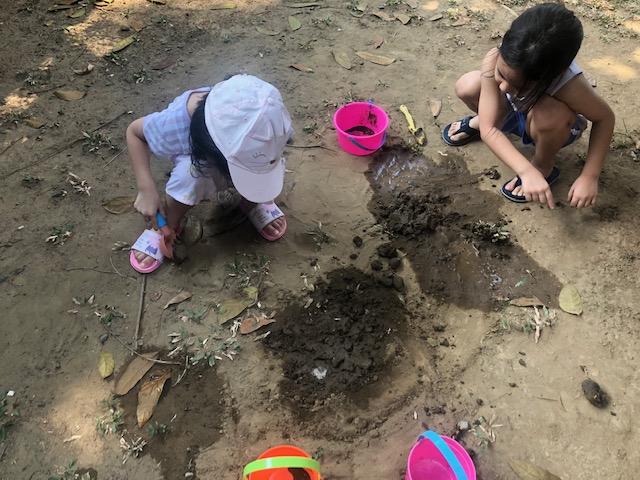
Explore your garden 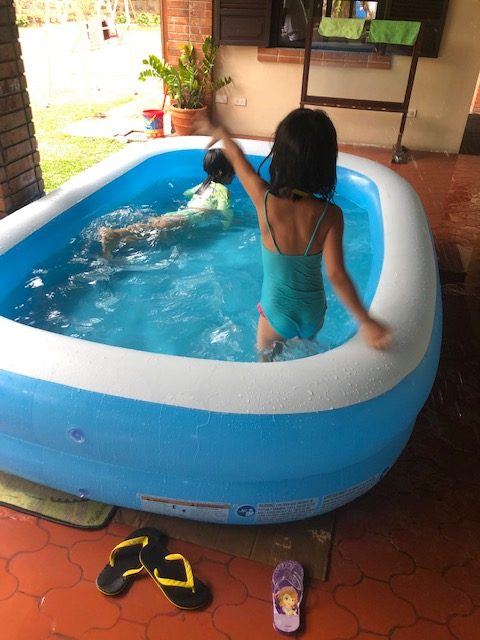
Do some water play
This article was written in partnership with Ogalala World. You can check out their items mentioned in this blog via their website https://oga-lala.com, Lazada: https://www.lazada.com.ph/shop/ogalala or their FB page and Instagram: @ogalalaworld #TheOgalalaWay #SimplifyParenting Below are some of my top picks Ogalala:
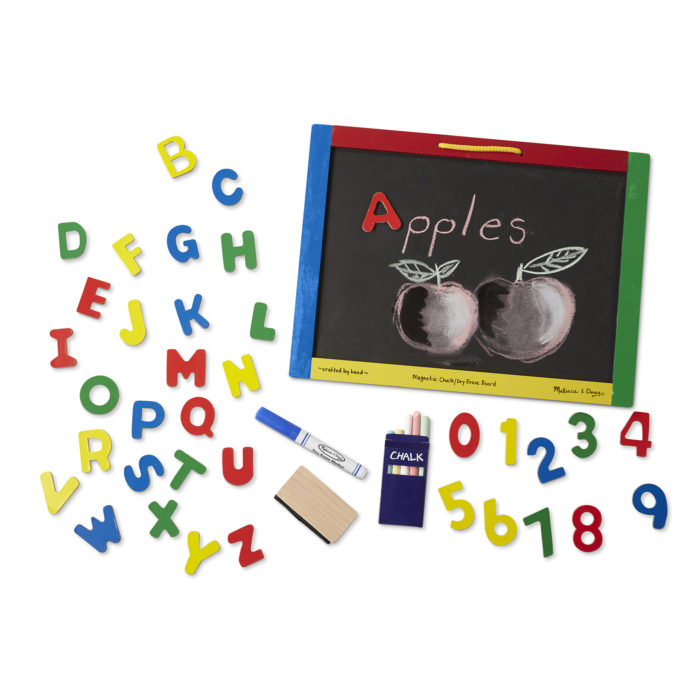
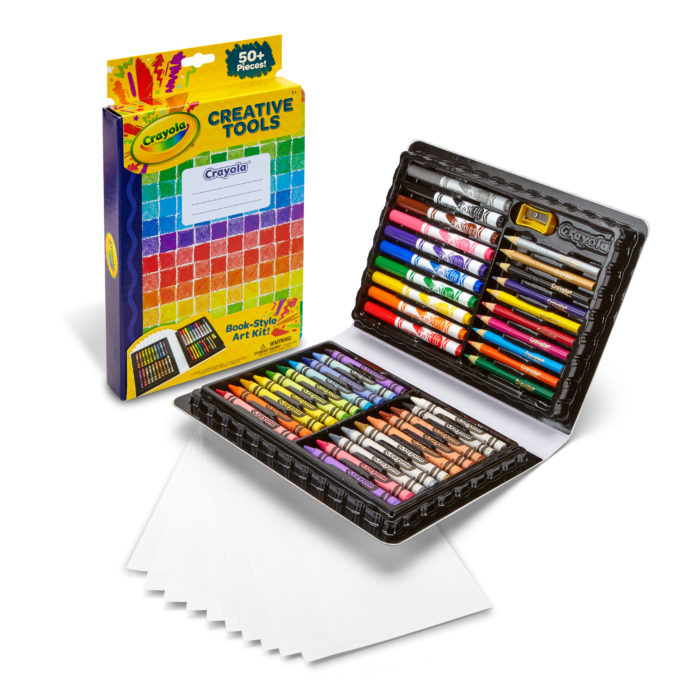
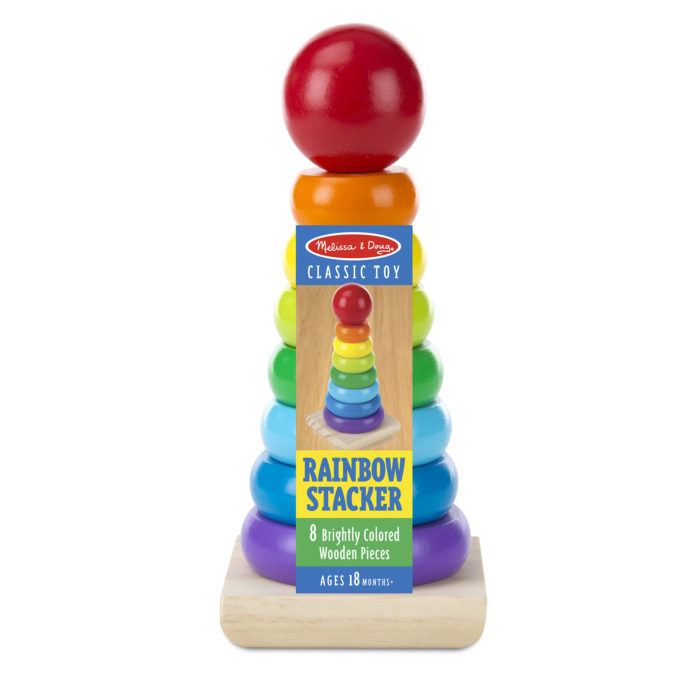

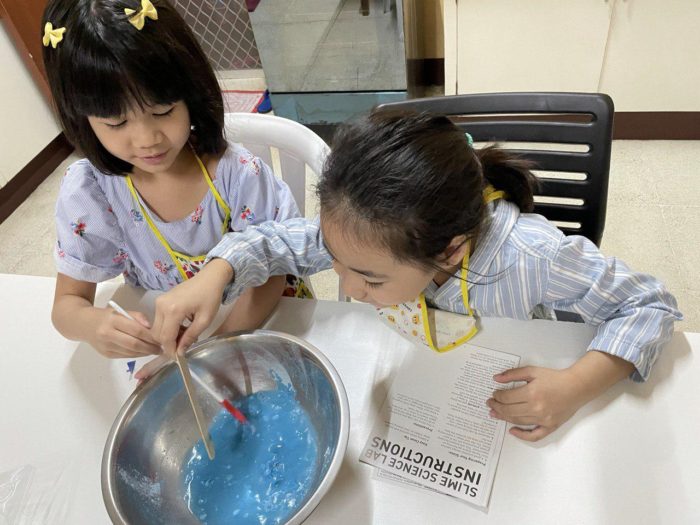
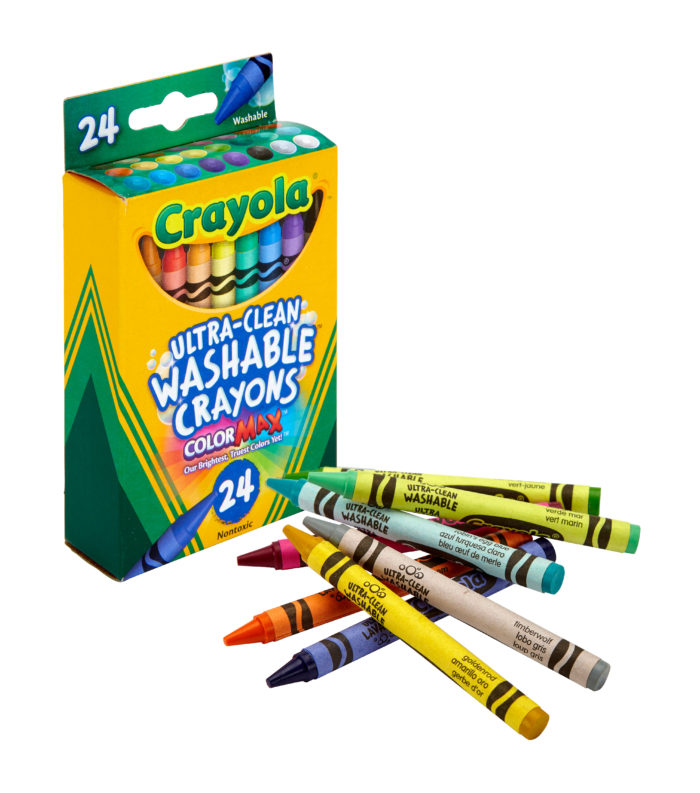
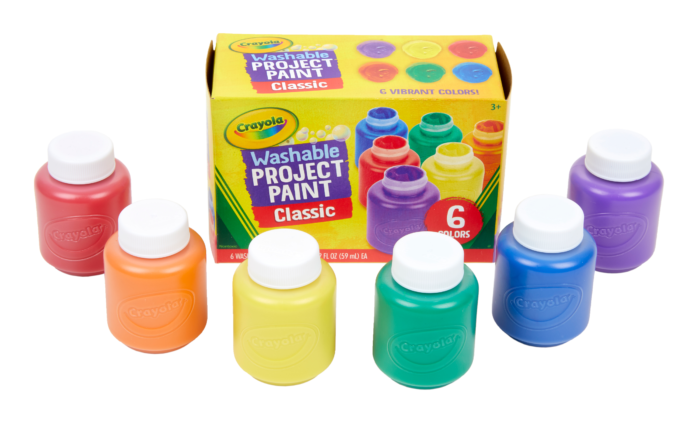
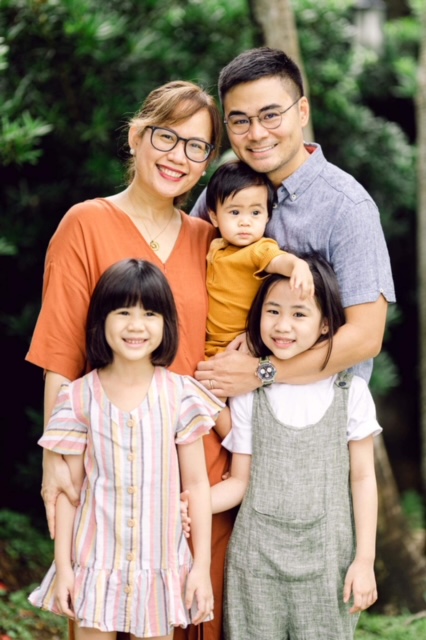
Comments are closed here.